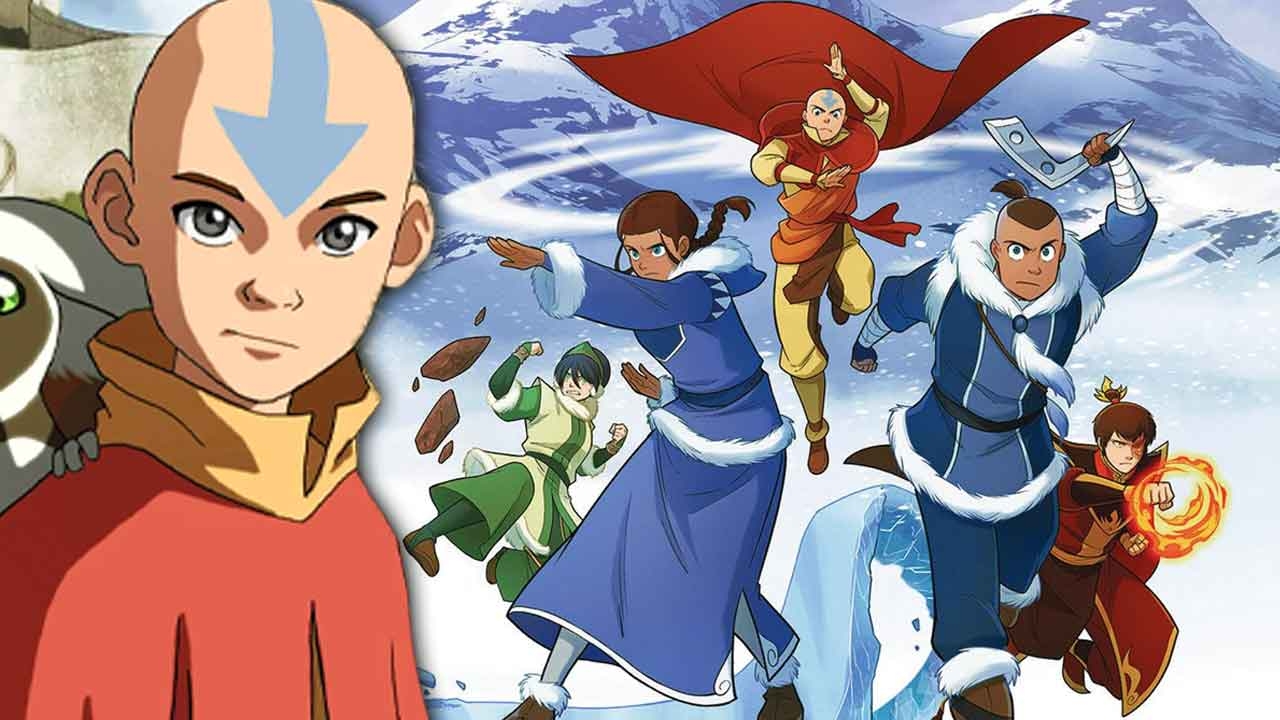How Many of You Knew the 4 Bending Styles in Avatar: The Last Airbender are Each Based on a Real Life Martial Art?
Seeing Aang master all four elements in Avatar: The Last Airbender has been a thrilling ride. Set in an otherworldly place, the story of Avatar transports us to a whole new dimension. However, not everything shown in the story is completely imaginary. Creators Bryan Konietzko and Michael Dante DiMartino were very careful with every aspect of the story and tried to infuse believable realities in every place necessary.
The biggest proof of this is the central bending style in the story. The powers are not conjured out of thin air but rather inspired by real martial arts styles that people have been practicing for years. Not only did this give Aang and the other characters an idea of how to practice and depict the art on screen, but it also helped the viewers connect with the fight scenes that experts intricately choreographed.
The power of bending is basically the ability to manipulate elements and use them for one’s benefit in defeating the enemy. In an attempt to create a mythical world, the creators wanted believable elements to also be added so the story did not seem too far-fetched. Thus, they consulted Northern Shaolin master Sifu Kisu to map out the different bending styles we now see on screen.
Tai Chi for Water
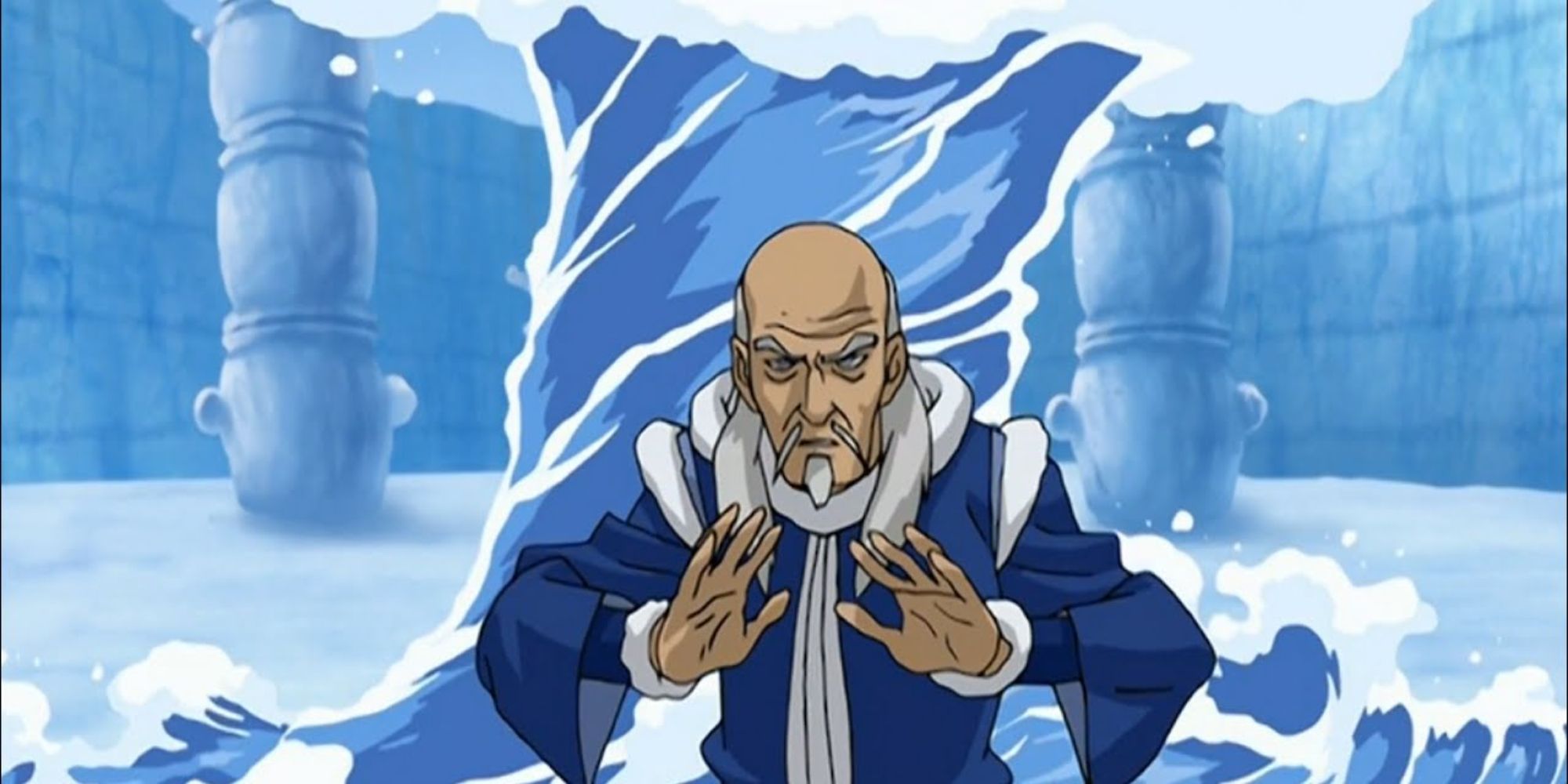
Since water is free-flowing and a more smooth element, Kisu chose the martial art of Tai Chi to represent waterbending. It has softer moves with less aggression, perfectly aligning with the element at hand. He noted, “Tai Chi is less about strength and more about alignment, body structure, breath, and visualization.” In the story, we see waterbenders at their highest potential when they are around bodies of water, hence making their connection to the tides and the moon as well.
Hung Gar for Earth
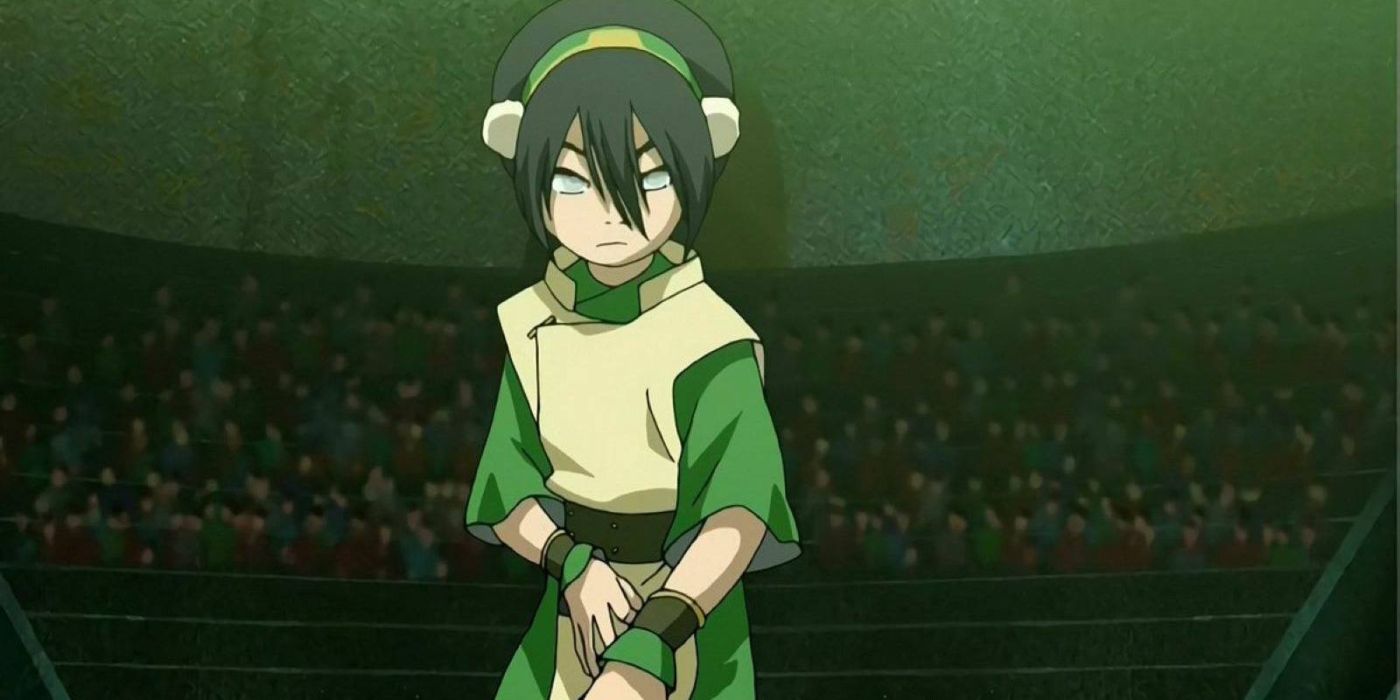
The Chinese art of fighting Hung Gar inspires the power of Earth Bending in Avatar: The Last Airbender. Since it requires the person to take on a strong stance and be firmly footed, it quite easily blends in the world of Avatar. This power enables earthbenders to move rocks and boulders while even causing the ground to shake. Hung Gar, thanks to its focus on stability and core power, helped actors streamline the power and learn actual martial arts behind bending.
Northern Shaolin for Fire
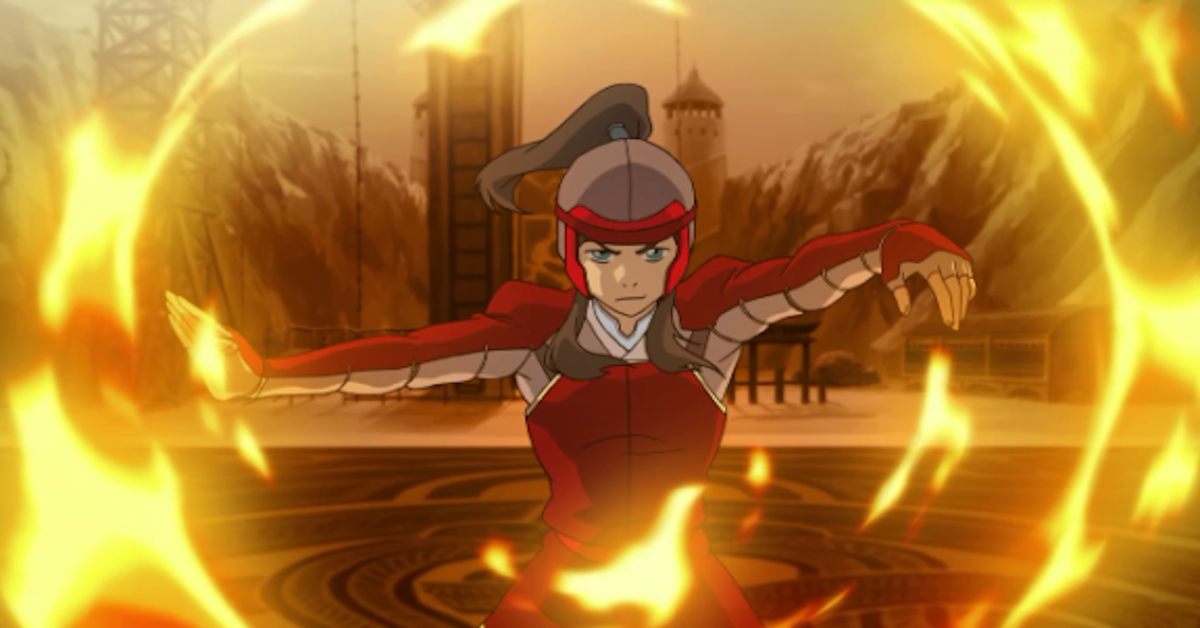
Deemed Kisu’s personal favorite, this style is a cut above since the story focuses on the dominance of the fire nation. Lord Ozai and his generals needed a strong style to portray their upper hand and how capable they were of destruction. “It’s a very strong, dynamic style. It uses powerful hand and leg movements” Kisu said. The fierce aggression needed in the fire nation was unequivocally found in the Northern Shaolin martial art.
Also Read: Top 5 Most Underrated Avatar: The Last Airbender Episodes, Ranked
Bagua for Air
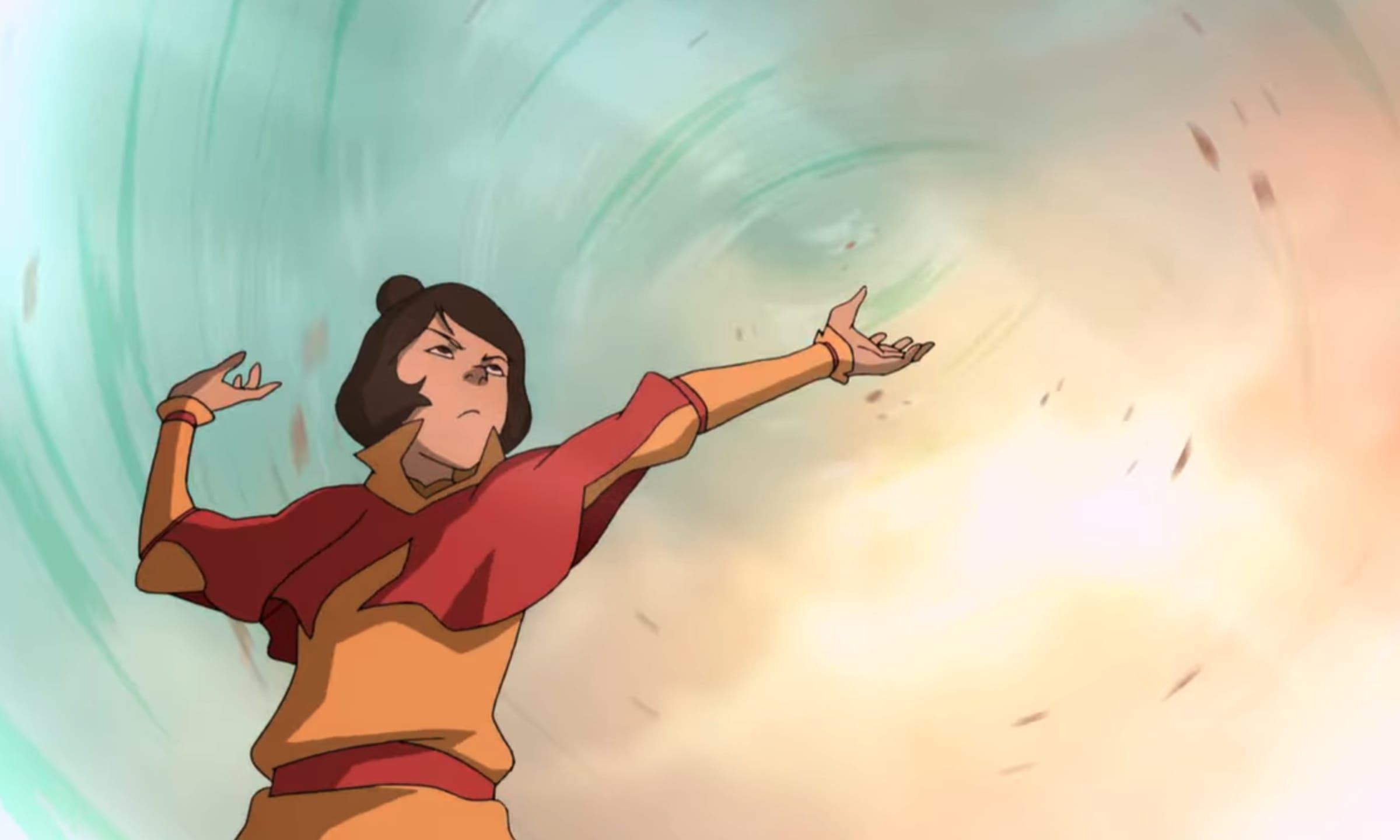
While a simple breeze can take a regular day to a good day, when the same breeze intensifies and changes direction, it can swiftly become people’s worst nightmare. That’s exactly what Avatar: The Last Airbender portrays with the airbending power. It looks peaceful, but when combined with speed and perhaps a circular motion, the tornado-like power move can destroy anything in its wake. The evasive circular movement in Bague fighting inspired the art of airbending, which makes the person look like a tornado.

